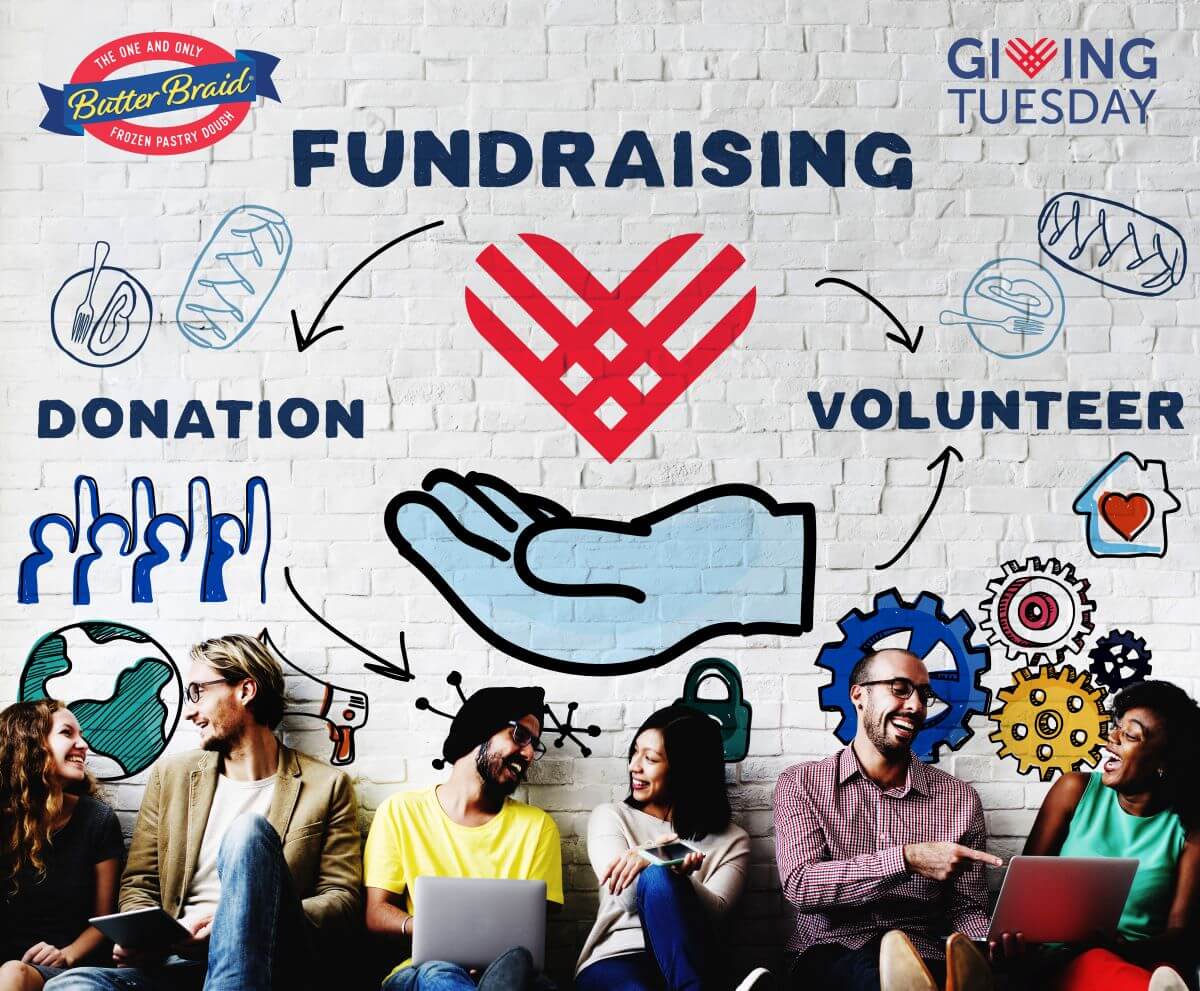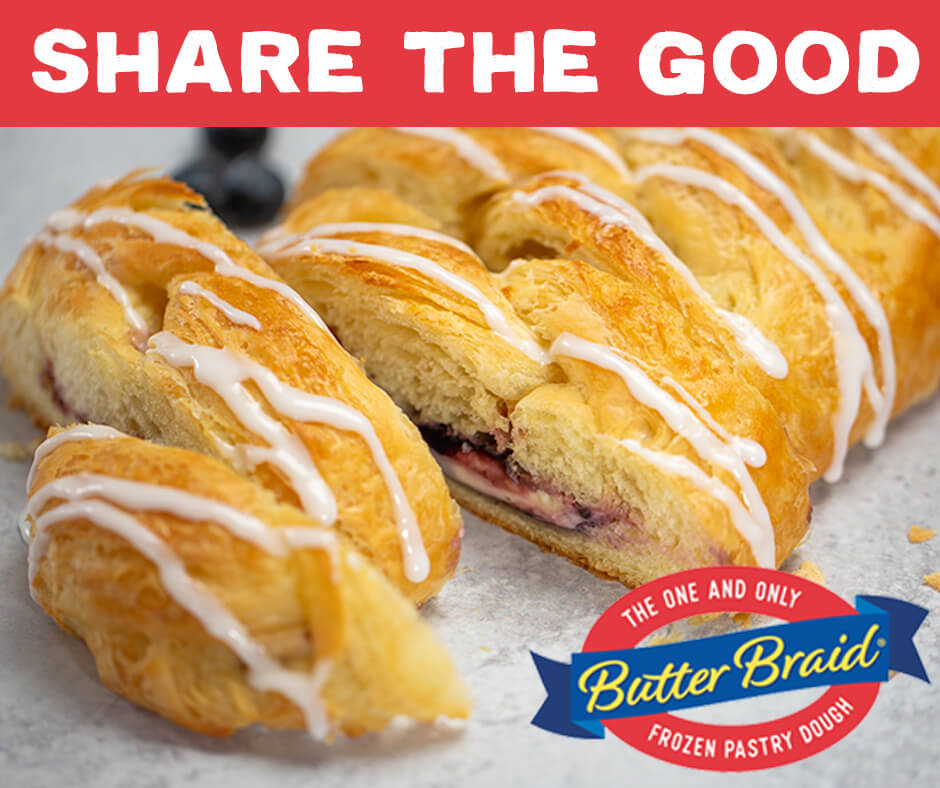In the world of charitable giving and fundraising, Giving Tuesday has emerged as a remarkable and important day. Much like the hustle and bustle of Black Friday or Cyber Monday, Giving Tuesday holds its own special place in the post-Thanksgiving holiday lineup. Except, instead of sales and shopping, it’s a day devoted to something much more incredible: giving back.
Giving Tuesday is a global movement, a day when individuals, organizations, and communities worldwide unite to give their time, resources, and voices to the causes that matter most to them. In this post, we delve into the statistics surrounding Giving Tuesday. We lay out the demographics, metrics, and trends that shape the landscape of this day to help you understand what goes into creating a successful Giving Tuesday fundraiser. With this knowledge in hand, you can direct your fundraising efforts to best help your group and make the world a better place.
Table of Contents
- Understanding the Giving Tuesday Demographics
- Giving Tuesday 2022 Impact and Statistics
- Current Trends in Giving Tuesday
- Key Takeaways for Your Giving Tuesday Fundraiser
- Resources for Giving Tuesday
Understanding the Giving Tuesday Demographics
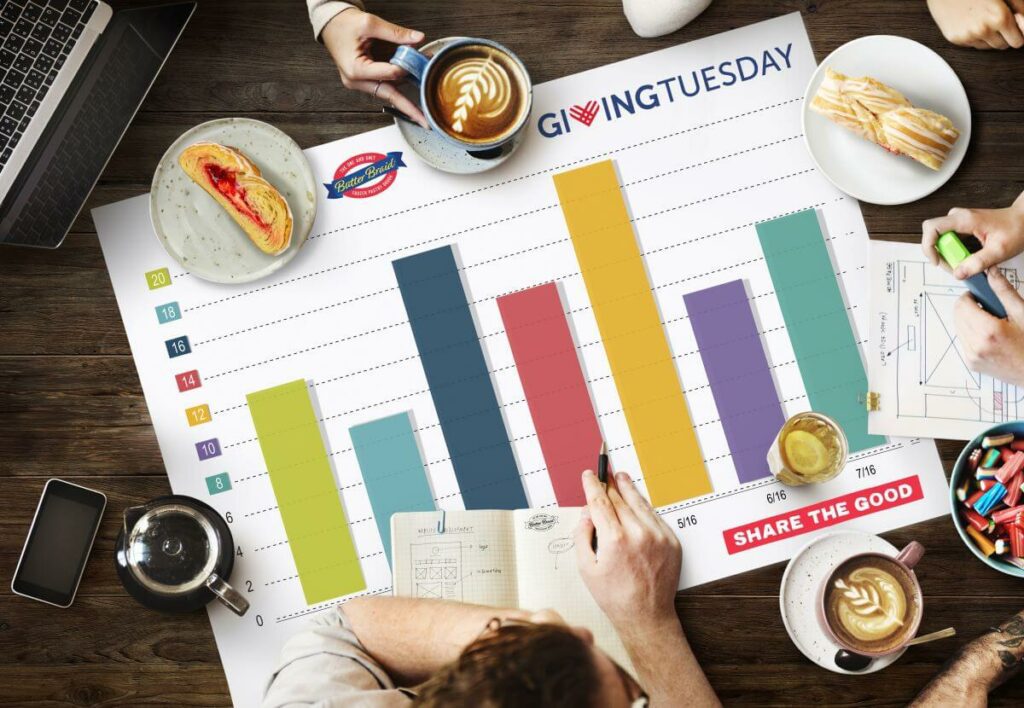
If you’re looking into fundraising on Giving Tuesday, understanding both your group’s supporters and the people who are most likely to participate in Giving Tuesday is paramount. Who is most likely to support your cause? What groups are responsible for the most giving during this time? To effectively tailor your outreach and campaign strategies, you need to know the demographics of those who typically participate on this global day of giving.
Generations of Generosity
Baby Boomers give the most when it comes to monetary donations. This generation’s members typically are the ones with the most disposable income to offer. They prefer giving to nonprofits and groups that are well-established and respected. They want to know that the money they donate will be used to make a real difference and prefer to get updates from the organizations they donate to. Also, supporters from this generation tend to want a mix of digital and analogue communications from the organizations they support (QGiv).
It’s important to note that, while older generations donate more dollars, younger generations are more generous globally. They give more often and in more ways. In fact, according to NeonOne, 82% of 18-34 year-olds who know about Giving Tuesday participate in it every year. This is a group that is most likely to get involved with your organization on a more personal level, by volunteering or donating items instead of just funds.
Geographic Diversity
Giving Tuesday has grown into a worldwide movement since its start in 2012. Over 85 countries now have their own Giving Tuesday chapters, and 2022 saw nine new countries launch national Giving Tuesday movements.
Where your supporters are located makes a big difference in how you can best reach them. For instance, the ability to donate or support a group online is particularly important for donors in the United States, with more than 63% of Americans preferring to give online (GiveWP). Other ways that are popular to give in the U.S. include giving directly to someone in need, in-person fundraisers, in-store donations, by phone or text message, or through a corporate matching program.
Gender and Giving
Millions of people participate in Giving Tuesday every year, and studies show that, of those millions, more women than men participate in the November holiday. According to a Forbes article, 65% of Giving Tuesday donors are women. Why do women give more than men? In the past few years, women were asked more often for donations, so they knew when organizations needed funds. Women also use social media more often and thus are exposed to more Giving Tuesday campaigns. Finally, women are more likely to participate in collaborative giving which is when groups of people pool their resources to have a more substantial impact on the issues that matter most to them. Essentially, the social nature of Giving Tuesday is more appealing to women.
However, that doesn’t mean men don’t participate in charitable giving. In fact, outside of Giving Tuesday, men donate more frequently. They’re also more likely to give larger amounts per donation than women on average. If men make up a large portion of your target audience, make sure to meet them where they are and don’t be afraid to ask them to give. After all, people can’t give if they don’t know you’re in need.
Giving Tuesday 2022 Impact and Statistics
In the United States alone, fundraisers on Giving Tuesday raised $3.1 billion in 2022. That’s a 15% increase from 2021 (GivingTuesday 2022 Impact Report). Over half of those donations were made offline. However, online giving continues to grow in popularity in 2022, with online donations exceeding $1 billion for the first time ever on Giving Tuesday.
Donations on Giving Tuesday include more than just money. Most supporters also give their time and donate items groups need as well as funds. In 2022, 43% of supporters gave in all three ways. When you break it down further, 65% of donors gave money, 54% gave time, and 72% donated items (GiveWP).
Here are a few other noted statistics from 2022’s Giving Tuesday:
- 35 million adults in the U.S. participated which was up by 6% from 2021.
- 20 million donated (+12%)
- 11 million gave goods (+8%)
- 10 million volunteered (+3%)
- 68% of donations went to registered organizations.
- Unregistered and individual contributions made up 54% of donations.
What did people talk about on Giving Tuesday 2022?
Giving Tuesday collaborated with Pulsar to create a report about the ways people from all around the world relate to giving. In this report, they look at the wider data surrounding Giving Tuesday year over year and take a deep dive into how online audiences are talking about giving and generosity (Giving Tuesday Blog).
According to their report, the top causes discussed online in 2022 were Health & Healthcare (19.4%), Animal Welfare (18.3%), Science & Education (17.8%), and Children & Elderly (16.5%).
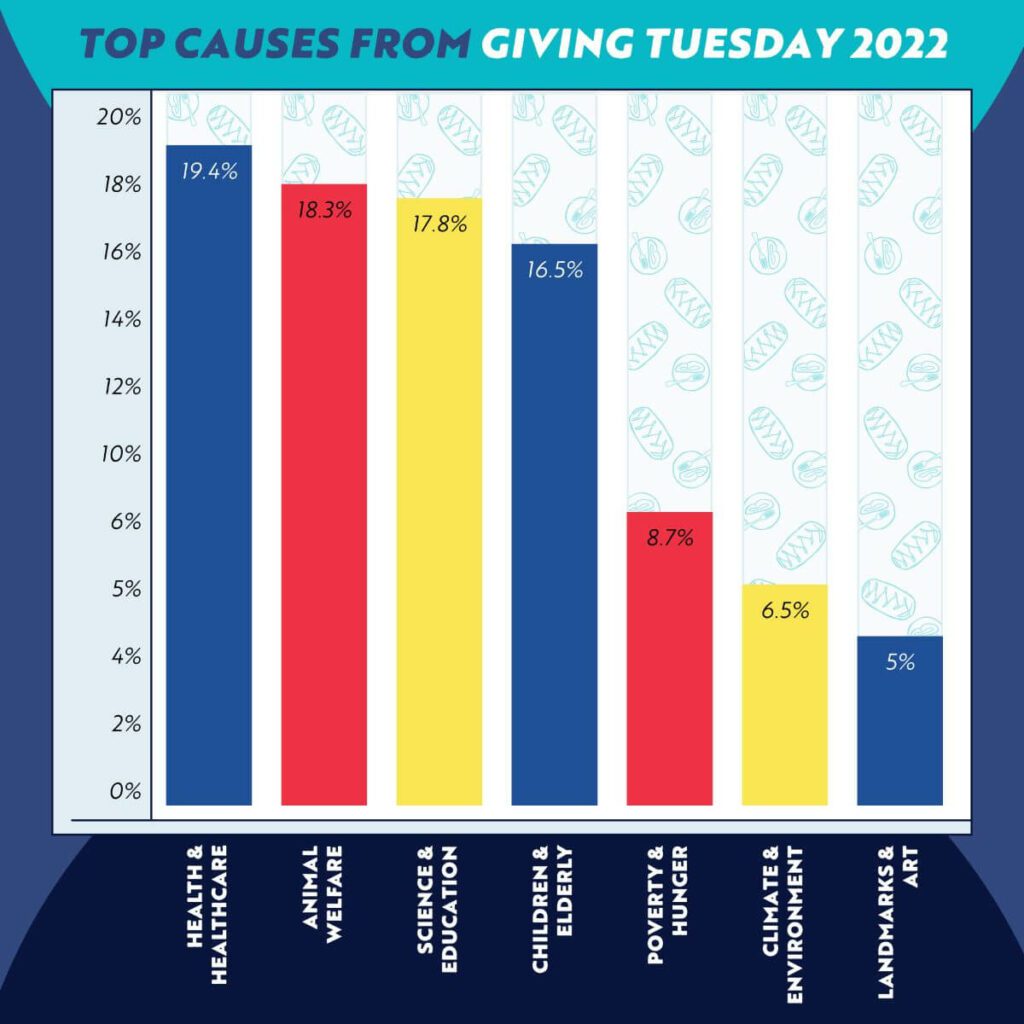
As you can see in the chart below, the top calls to action used in online posts for Giving Tuesday 2022 were direct appeal (18.9%), urgency (31.3%), duty (23.4%), and empowerment (26.4%). According to the Giving Tuesday report, previous years have seen empowerment increasingly become the most important call to action. However, Giving Tuesday 2022 saw a bigger emphasis on urgency, specifically with groups asking for non-financial support. This shows that the Giving Tuesday audience finds direct, non-monetary ways of giving to be a useful aid. However, research has shown that using urgency in your call to action can negatively impact recurring donations. If your group relies heavily on repeat supporters, use a call to action that empowers your supporters, highlighting the impact their donations make and engaging them with your mission.
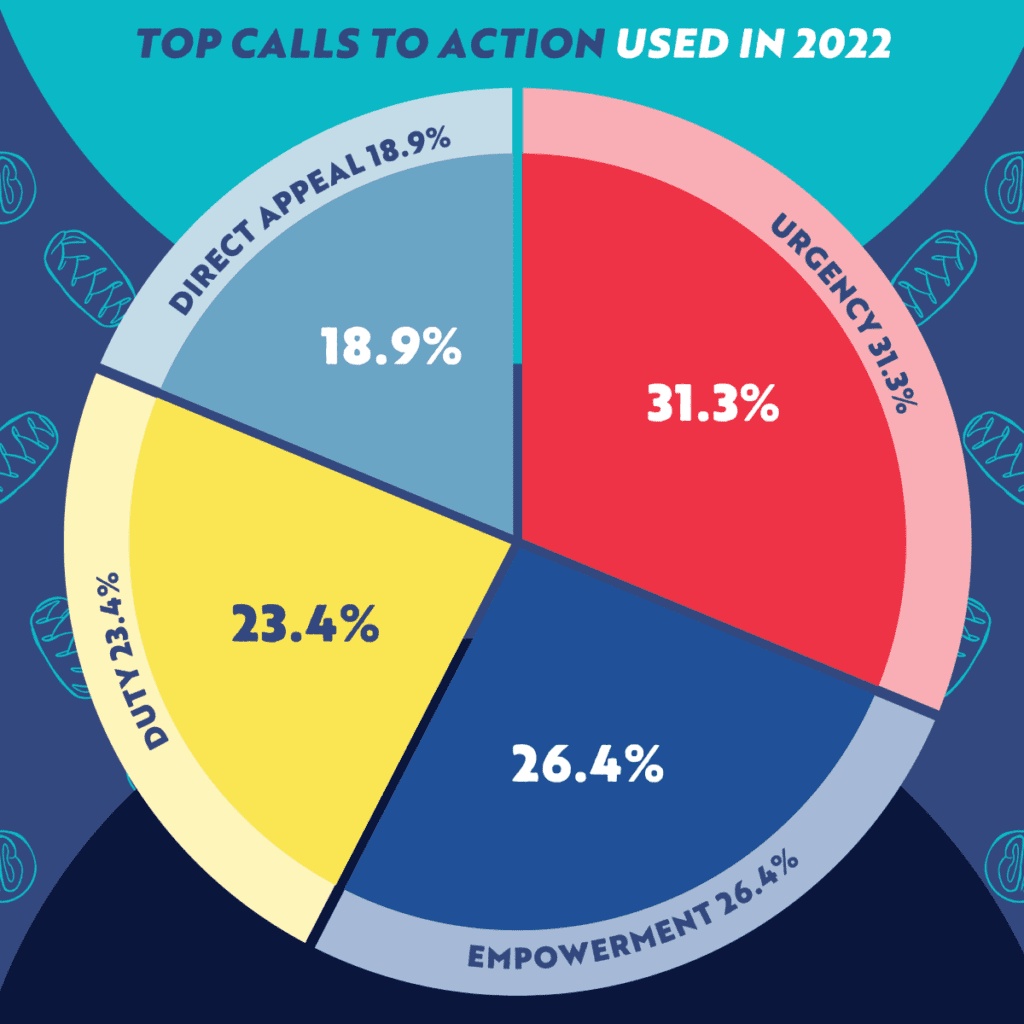
In 2022, there were several popular hashtags used in Giving Tuesday posts. Excluding #givingtuesday and #givingtuesday2022, theses were the most popular hashtags used in last year’s campaigns:
- #donate
- #giveback
- #charity
- #givingback
- #fundraising
- #give
- #education
- #love
- #teachertwitter
- #fundraiser
- #makeadifference
Current Trends in Giving Tuesday
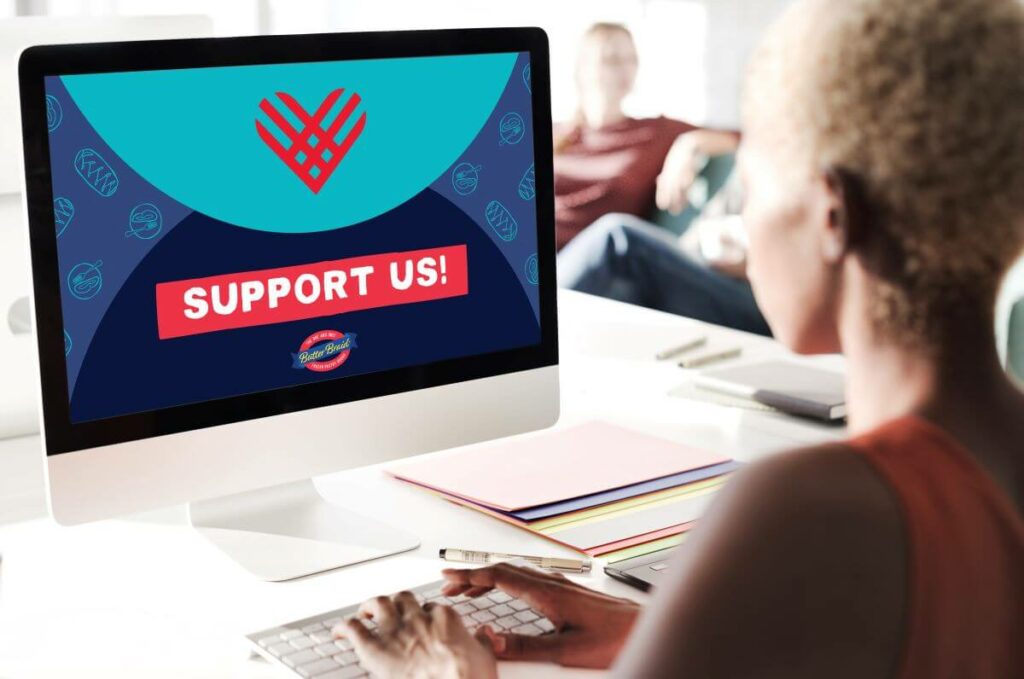
By staying current with the trends and incorporating them into your Giving Tuesday fundraiser strategy, you can adapt to the changing landscape of fundraising and harness the full potential of this annual day of giving.
Online Fundraising
Giving Tuesday has transformed into a global, online giving event. In recent years, online platforms have been the primary channel for fundraising. As mentioned above, 63% of Americans prefer to give online. Last year, online donations surpassed $1 billion on Giving Tuesday. With websites, social media, and various apps making it easy to donate, many supporters now prefer digital transactions over traditional methods.
Peer-to-Peer Fundraising
Peer-to-peer fundraising is a strategy where individual sellers or organization members host personal campaigns to collect donations from their family, friends, and colleagues on an organization’s behalf. It can help a group organically expand its reach to new networks of supporters. This grassroots approach has opened a world of possibilities for groups and organizations across the globe.
Social Media Campaigns
Social media platforms like Facebook, Twitter, and Instagram play an instrumental role in driving Giving Tuesday campaigns. The use of dedicated hashtags, compelling stories, and engaging visuals can help your campaign reach a broader, more diverse audience. In fact, encouraging your supporters to share their giving experiences can amplify your campaign’s reach exponentially.
Year-Round Giving
While Giving Tuesday is a specific day, the culture of giving has expanded throughout the year. Many groups now engage with supporters before the day itself, asking them to pledge their support before the day starts then fulfill their promise on Giving Tuesday. This approach promotes sustained engagement and helps supporters plan their giving more strategically.
Multi-Channel Campaigns
While online and social media campaigns and donations are growing in number, multi-channel approaches continue to be a powerful method for Giving Tuesday fundraisers. A mix of digital and in-person appeals helps to engage a broad spectrum of supporters, targeting both the ones who prefer online giving and the ones who still like the interaction of a face-to-face request.
Key Takeaways for Your Giving Tuesday Fundraiser
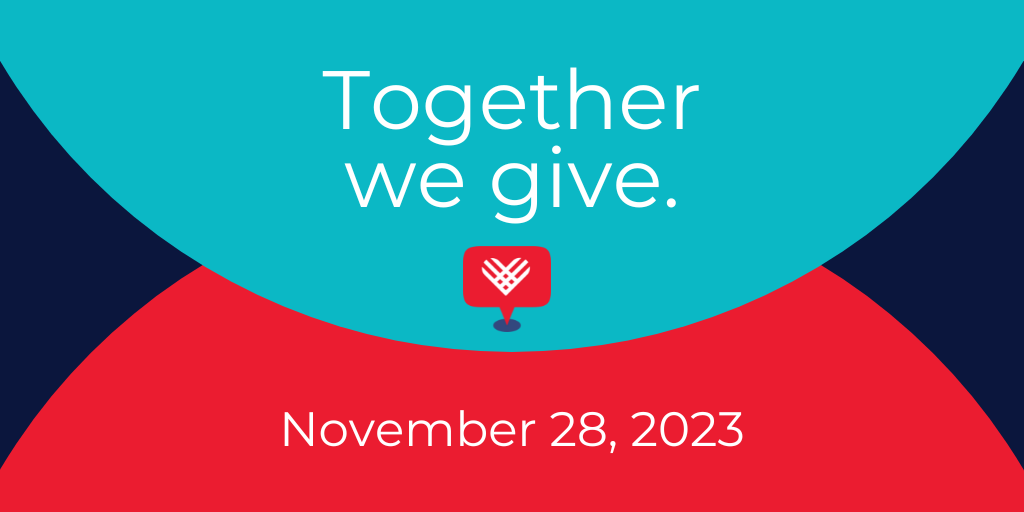
As you prepare for your Giving Tuesday fundraiser, here are a few key takeaways from the information above to help guide your efforts. First and foremost, recognize that understanding the demographics of your target audience is important. Different generations have unique giving habits, and you can maximize your reach by appealing to their preferences. Baby Boomers tend to contribute more substantial monetary donations while younger generations, like Gen Z and Millennials, are inclined to engage on a more person level, often through volunteering and non-monetary contributions.
Secondly, the call to action at the end of your social media posts, emails, flyers, etc. should be tailored for your group and your audience. Using a sense of urgency in a call to action, like “Act now” or “URGENT”, will get a better response from people looking to give in non-monetary ways. Also, it tends to result in one-time donations instead of repeat supporters. If you are looking to gain supporters you can count on year after year, focus on an empowering call to action. Show your supporters how their donation will make a difference and encourage them to learn more about your group.
Lastly, don’t underestimate the importance of offering multiple ways to give. People can give more than just funds; they can also donate their time and much needed items to your cause. Furthermore, expand your reach by using multiple mediums to get in touch with your supporters. Post your ask on social media, hang flyers around your town, and employ in-person asks to ensure you reach the maximum number of potential supporters possible.
Resources for Giving Tuesday
Post Resources:
- GivingTuesday Releases its 2022 Impact Report: Unleashing Generosity Globally – GivingTuesday
- What Did People Talk About on GivingTuesday 2022? – GivingTuesday
- 10 GivingTuesday Statistics for 2023 Every Fundraiser Should Know – Neon One
- 2022 Giving Tuesday Statistics to Help Inform 2023 Strategies – GiveWP
- Women And Millennials Among Strongest Donors On Giving Tuesday (forbes.com)
- Generational Giving: Baby Boomer Fundraising Trends, Preferences, and Patterns – Fundraising Blog for Nonprofit, Educational, and Faith-Based Organizations (qgiv.com)

